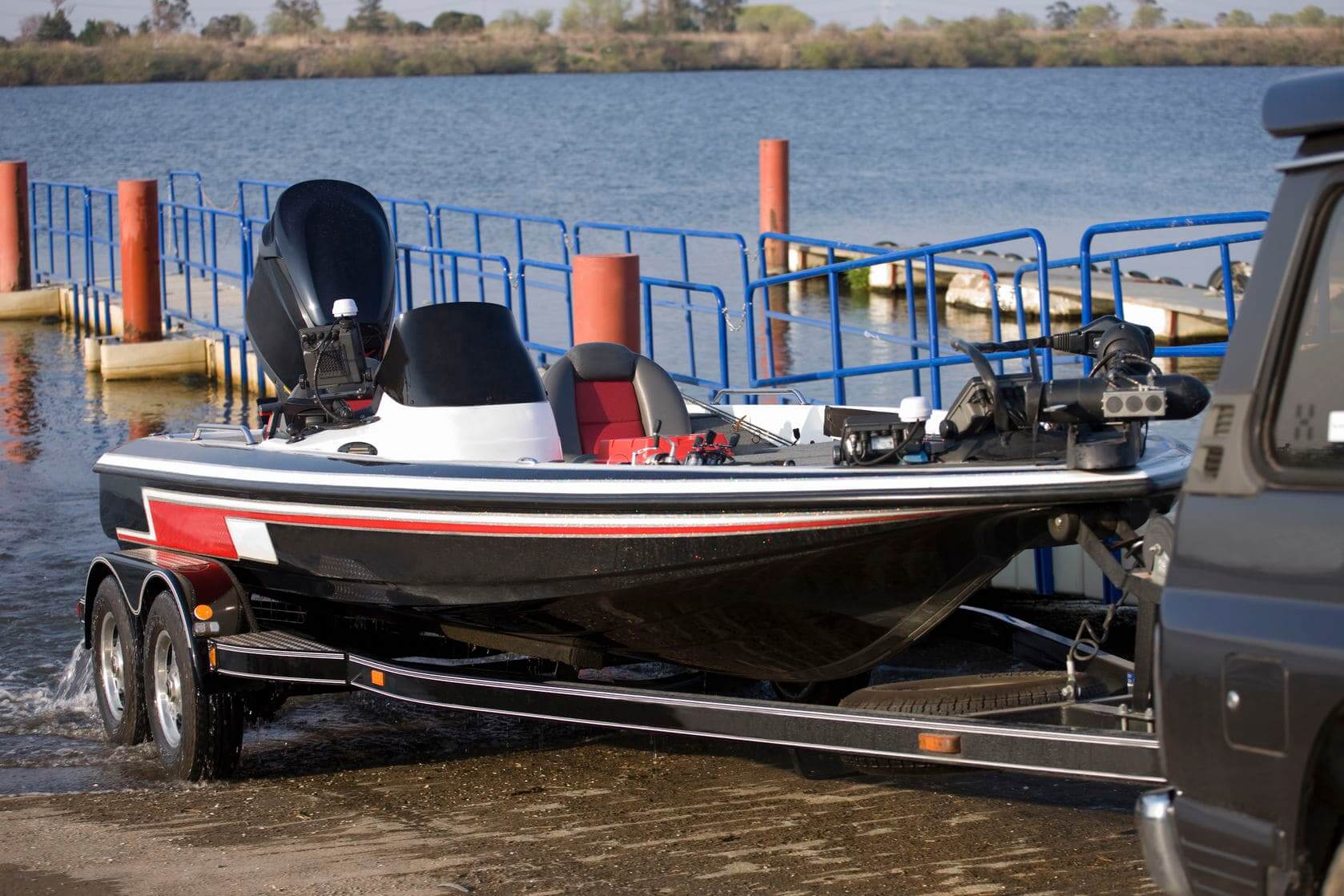Boat Storage: Practical Tips

Year after year, fishing and sailing are some of the most popular summer boating activities across Canada. But, once the season’s over, boat storage can be expensive. Over time, the cost to rent amenities and space at a marina can definitely add up. So, if you’re wondering what you can do to keep some of those costs down, you might want to take a look at using self-storage as an option. However, there are some preliminary steps to take beforehand to protect your watercraft during storage and to maintain its sea-worthiness. As well, you’ll need to select a facility that is capable of meeting your boat’s storage requirements.
Preparing your boat for storage
One of the biggest challenges during a storage period of several months is to overcome the risks of corrosion and mildew. When it comes to your boat, this is just as true at a self-storage facility as it is at the marina, so here are some common safeguards you can take to keep your watercraft ship-shape:
The boat interior
- Remove fabrics, including canvas, and leather items from the boat interior wherever possible to eliminate their risk of mould.
- Leave a moisture absorbent product inside to help prevent moisture from building up to extreme levels.
- Empty the water tank, and dry out any areas of the boat where water may have accumulated to discourage mildew growth.
- Electronics should also be removed from your craft. As a note, electronics should not be stored directly on the ground, especially concrete, since dust or a moisture film may be present on such a surface.
The boat engine and other components
- Spray the engine’s interior with fogging oil to protect it from rust.
- Make sure the fuel tank is full, and add a marine fuel stabilizer to prevent corrosion.
- Perform an oil change to eliminate any potential rust-forming impurities.
- Flush your boat’s coolant system and add new antifreeze.
- Remove all batteries and drive belts. Otherwise, batteries will drain and belts can crack over the winter as your boat sits in storage.
- Grease the steering mechanism, and lubricate any bearings and joints, or other moving parts with marine-grade oils.
The boat exterior
- Wax your boat. A good coating of wax, applied after a thorough cleaning, can prevent the potential of rust formation during storage.
- Seal off any openings from the boat’s exterior with duct tape to keep any pests from sheltering inside.
- Cover your craft. Even if the facility’s storage area is protected by a canopy, you’ll still need a snug-fitting cover to protect your craft from the elements, and to keep out moisture and dirt.
Storing a boat at a self-storage facility
Once your boat is ready to go into storage, the next thing you’ll need to evaluate are the conditions onsite at the storage location. You’ll want to make sure that any facility you choose has amenities that are suitable for storing your watercraft. Here are some helpful tips to keep in mind when considering a potential facility:
- Look for drive lanes at the site that are wide enough to manoeuver the boat trailer. Driveways should be at least 40 feet wide. You can also check if the facility offers a second gate or pull-through access for extra manoeuvering ease.
- Check the width and spacing of storage parking. For outdoor storage, you will want to ensure that the spaces available are sized appropriately for both your boat and its trailer. The parking spaces should be well-delineated with clear lines to prevent crowding, and have sufficient width for ease of access when backing into or out of a space.
- Get a measure of the interior door height. When storing inside is an option, make sure there’s sufficient height clearance on the door to the storage enclosure.
- Use a heavy-duty trailer lock. This is especially important if you’re planning to store your boat out in the open. Multiple locks can function as an effective theft-deterrent, so as a safeguard, keep locks on both the hitch and the wheels.
- Verify the presence of industry-standard security features. This means strategic placement of lighting, fencing, controlled access points, and video surveillance. Be aware, however, that not every storage facility offers all these features. So, make sure the self-storage facility you choose is proactive about keeping the site’s security features comprehensive, upgraded, and in sound working order.
After you’ve placed checkmarks beside each of these essential points, then you’re all set! As a final note, be sure to check on your boat periodically, once it’s in storage. This is especially true if you’ve opted to store your craft directly out of doors exposed to various weather hazards. As a result, you’ll want to keep the boat cover free of excessive snow or rain buildup, as well as inspect the boat visually to ensure that its condition is satisfactory. And in a short few months’ time, you’ll be ready to weigh anchor once again with smooth sailing ahead!
Related Posts:
How To Prepare Your RV For Winter Storage
